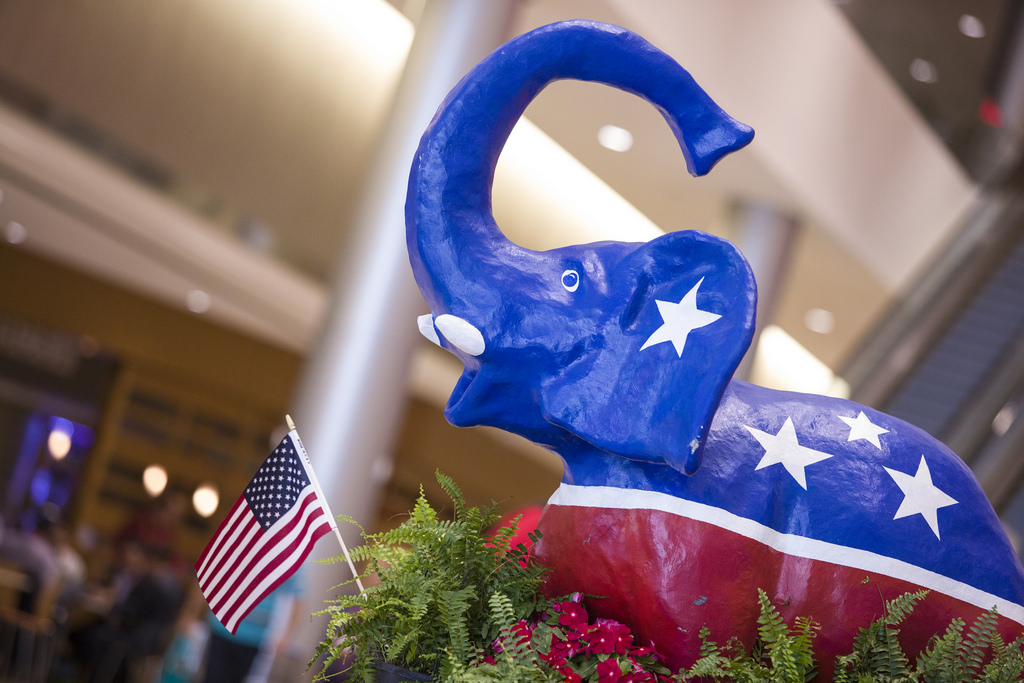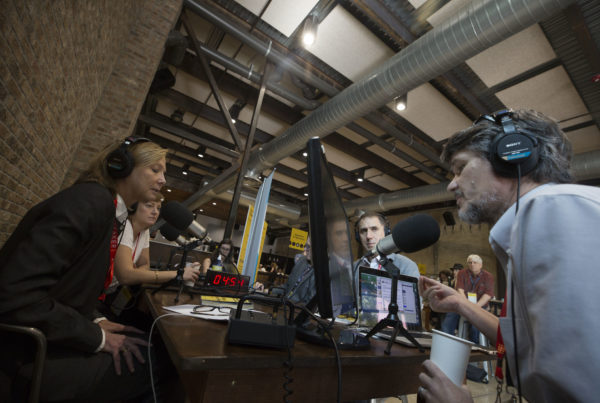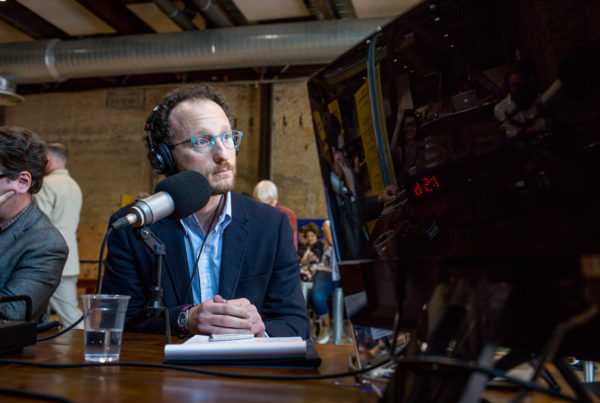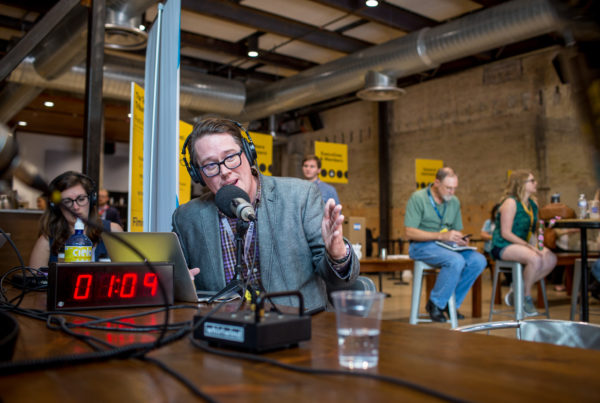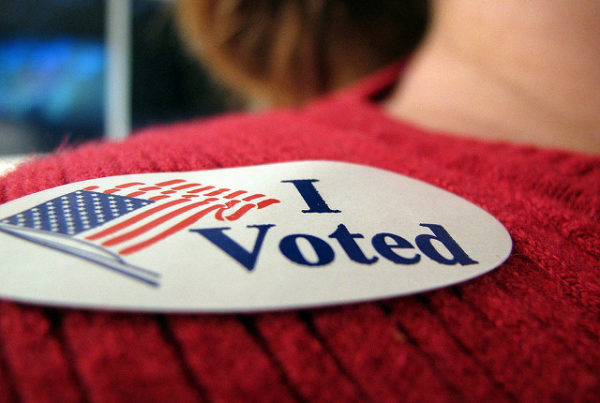During these highly partisan times, you might be wondering, what happened to the political center? What happened to that willingness to work together despite party affiliation to get things done? Experts agree the center is definitely not holding. And they’re not sure when it’s going to come back.
Elizabeth Simas is one of those experts. She’s a political science professor at the University of Houston, and specializes in electoral behavior and political psychology. She says the center on the national level is definitely disappearing.
“We see increasing polarization being on opposite sides of the issue. And even when there is some apparent overlap or agreement on policy, there seems this decreasing incentive and lack of motivation to compromise at all,” she says.
Simas says research suggests a heyday in party tribalism has a lot to do with that disappearing middle.
“You can’t give any ground to the other party because you don’t want to give them an advantage,” Simas says. “But it really is becoming this engrained sort of identity with people that you’re a Democrat, you’re a republican, this is your side.”
When it comes to the disappearance of the center in the Texas Legislature, it’s not something that happened over night.
Hugh Brady is director of the Legislative Lawyering Clinic at the University of Texas. He says the Texas Legislature of the 70s and 80s, while dominated by so-called moderate “business Democrats,” still had a center, so to speak. Its motto was what was best for the Texas economy. And that was the common thread up until the late 90s.
“The Texas Senate becomes Republican by 1997, bare majority, but majority Republican, nonetheless,” Brady says. “But there’s still kind of this, I hate to call it an agreement, an attitude, of ‘we’re not gonna be too far to the right, we’re not gonna be too far to the left. What’s good for business is what good for Texas, we’re gonna try to do those things.’”
Brady says it wasn’t until a Republican takeover of the Texas House in 2003 the we started to see the bottom of the Texas business moderate center fall out.
“Following a very partisan gerrymandering, the House becomes Republican for the first time since Reconstruction and Tom Craddick is the speaker,” Brady says. “And you know, Craddick is determined to keep a Republican majority, whatever that takes. But even under Craddick, there was not a lot of legislation on abortion, there wasn’t a lot of social issue legislation. It was mostly political power legislation.”
And then, President Barack Obama was elected, and the Tea Party was born.
“And I mean it is just all shot in 2010,” Brady says. “And what happened with Obama and the Tea Party is Texas local politics became nationalized. It’s now, ‘the person is a Democrat, I’m a Republican, we’re not friends, I’m voting against you and you see, that’s when the center started dropping out.’”
Brady says the Tea Party was more or less the end of Texas business moderates, and those social fights over abortion and immigration started taking center stage, making the legislature even more partisan.
The University of Houston’s Elizabeth Simas agrees. Social issues tend to be more divisive.
“The average citizen is not an expert on trade policy and economic policy,” Simas says. “So, yeah the social issues do tend to be the ones that parties try to use most to divide people because they are a little more accessible, because they make for an easier sound bite, and easier packaging of the message.”
Simas says media fragmentation has been cited as something that’s contributing to division.
“Used to be you had three news channels to choose from,” Simas says. “That’s what you chose. And now with the diverse options that people have: You have talk radio, internet platforms, different competing streaming and channels. Now media has become much more fragmented. And so people can choose sources that are more aligned to their interests, and that can create somewhat of an echo chamber.”
But Simas says polling data shows when you take the conversation outside of those soundbites or packaged messages, that middle ground among citizens, it’s still out there.
“When we make things black and white, yes and no, pro-life, pro-choice, pro-gun, no pro-gun, that yes, people look really divided,” she says. “But again, when you have more in depth conversations and you look at polling data that asks people more about specific policies related to these things, you start to see more agreement. And that’s where the middle comes through.”
So if the middle is still there, is it too late to bring it back? Brady and Simas say a step back to civility might be a pretty good start.
“You know politics has gotten kind of ugly and it’s always been that way,” Simas says. “And you know I think people are feeling it and seeing it more and it seems more pervasive and maybe some of that is because now we can get it pounded into us 24-hours-a-day with Twitter streams and 24-hour newsfeeds.”
“Open your front door and look outside,” Brady says. “This is what happens. You have people who say things that are ridiculous and hurtful on both sides. There are real problems in Texas. We’ve got some fixing to do. And you can’t do it when you’re yelling at one another.”
So will we quit yelling at each other and reestablish the center? Hey, common ground can exist, even in Texas.


